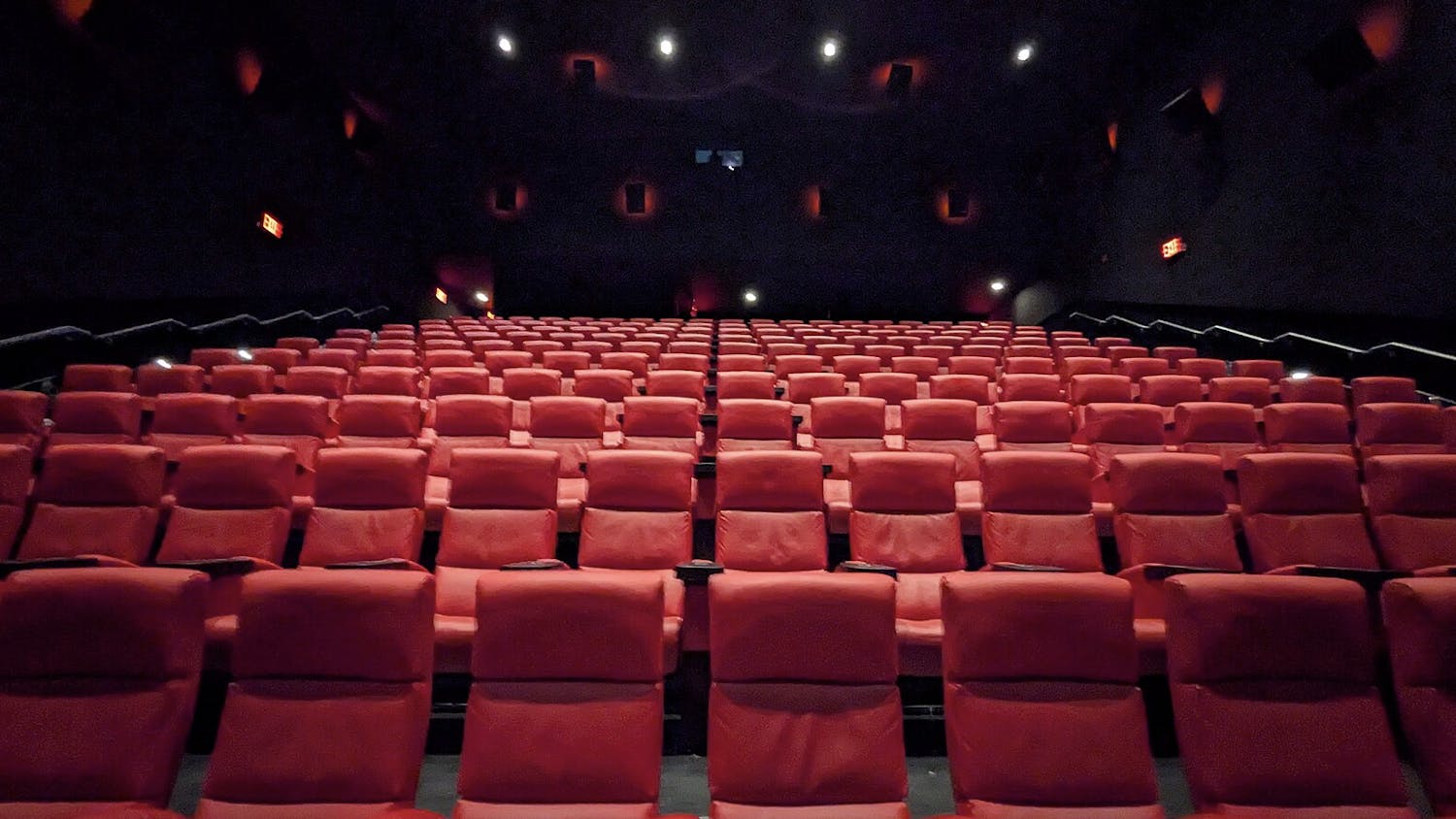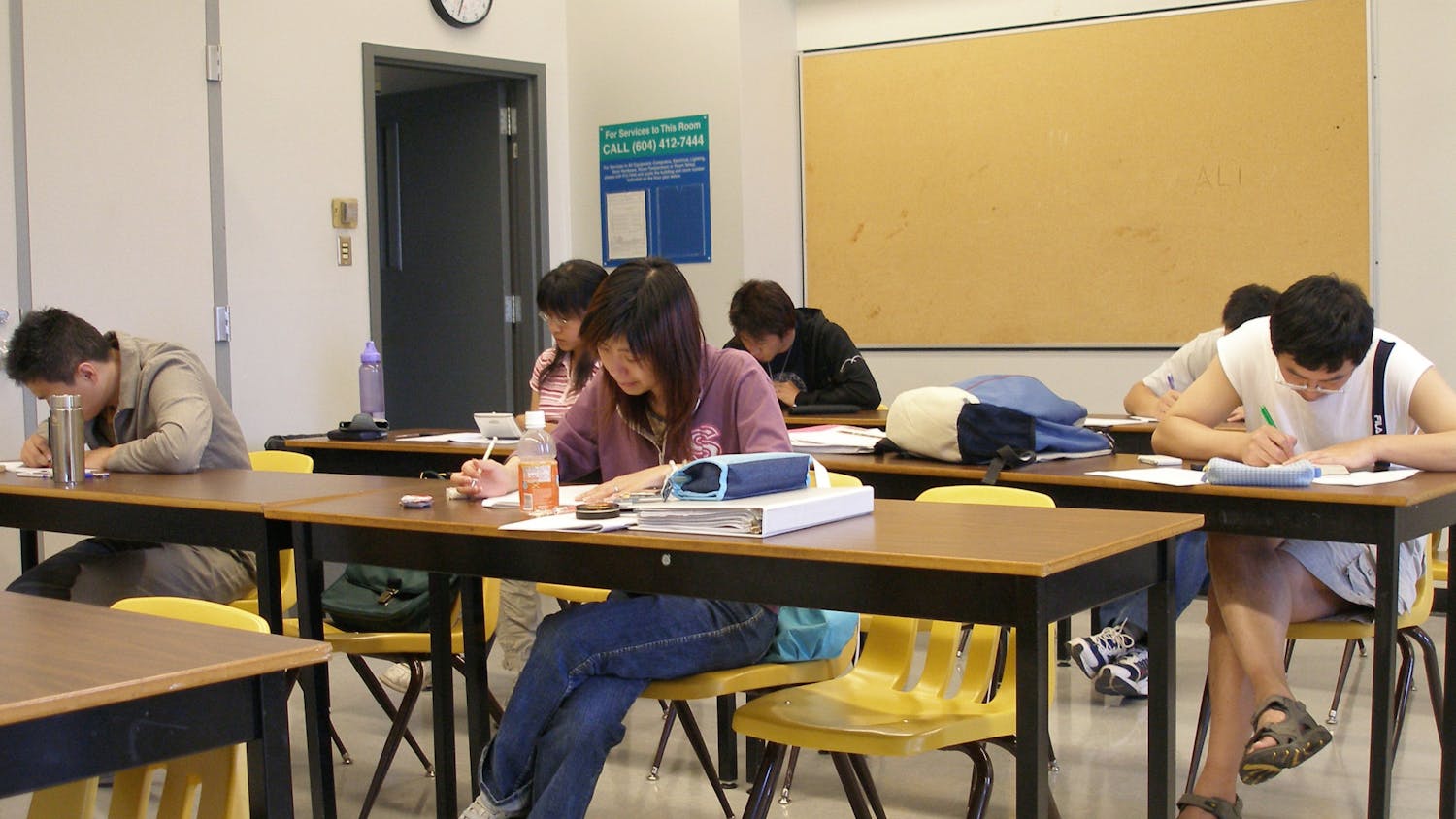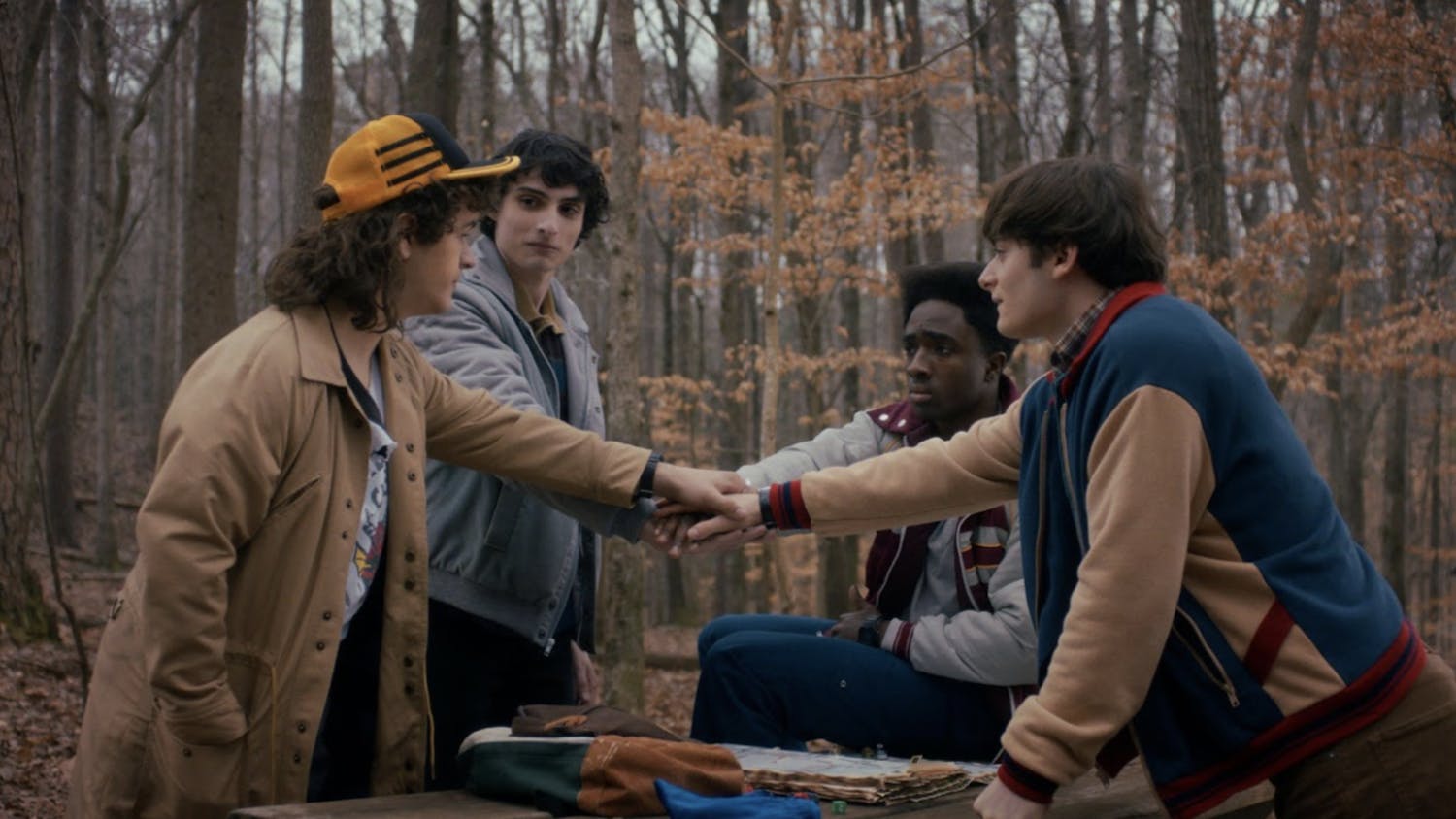"Man, look at this nerd! He think he's white?" a student shouted as I hurried to finish the last few pages of "To Kill a Mockingbird" before scurrying to my next class. It was my freshman year of high school. He was black, fairly popular and an athlete. I too was black, only I was short, wore glasses and was a mediocre athlete at best.
It was a classic David and Goliath match-up. Only I knew this David was no match for Goliath. Impressionable and overly sensitive, I altered my nerdy perception so that it didn't clash with Goliath.
So you're probably wondering why I've mentioned this. If you think I want you to feel sorry for me and ask me out on a date (ladies only), you're partially correct (call me). However, my anecdote highlights an issue that has contributed to the achievement gap between minorities and low-income students and their more economically advantaged and white counterparts - peer pressure.
Although economic and educational inequalities have contributed greatly to the achievement gap between minorities and whites, societal pressures from peers have also contributed significantly. A small group pressures an individual to the extent where his or her personal choices become susceptible to change so that they conform to group norms. Name calling, giving particular behaviors negative stereotypes and encouraging counterintuitive activities are all forms of peer pressure.
For minorities, particularly black students, one example of peer pressure is the phenomena of "acting white." Those often branded as "acting white" are blacks who eschew "black culture" to embrace "white culture." For many, "black culture" is often associated with coolness, hip-hop and anti-authoritarian rule. Moreover, "black culture" has often been cast as anti-educational.
On the other hand, "white culture" is often depicted as conventional, academic, rational and as supportive of the status quo. Yet, as many scholars have pointed out, these characterizations often rely on ingrained stereotypes that have permeated our social consciousness since slavery.
These misplaced social ascriptions impact education. Because academic success has been tied to "white culture," black and Hispanic students who strive to compete academically are generally ostracized, discouraged and ridiculed.
Moreover, because a higher precedent is placed on being cool and popular, many black and Hispanic students aim not for academic success but rather for a fairly high social standard. Because obtaining or maintaining popularity is seen as worthy, peers often encourage this behavior while discouraging or not even recognizing high academic standards.
It's not easy to establish the primary causes for why such an educational achievement gap exists between minorities and whites. Yet, one factor is peer pressure and, by extension, how one's peers view education and ethnicity. So long as high educational achievement is deemed "uncool," the rift between these two groups will remain.
Information from - ncrel.org/gap






